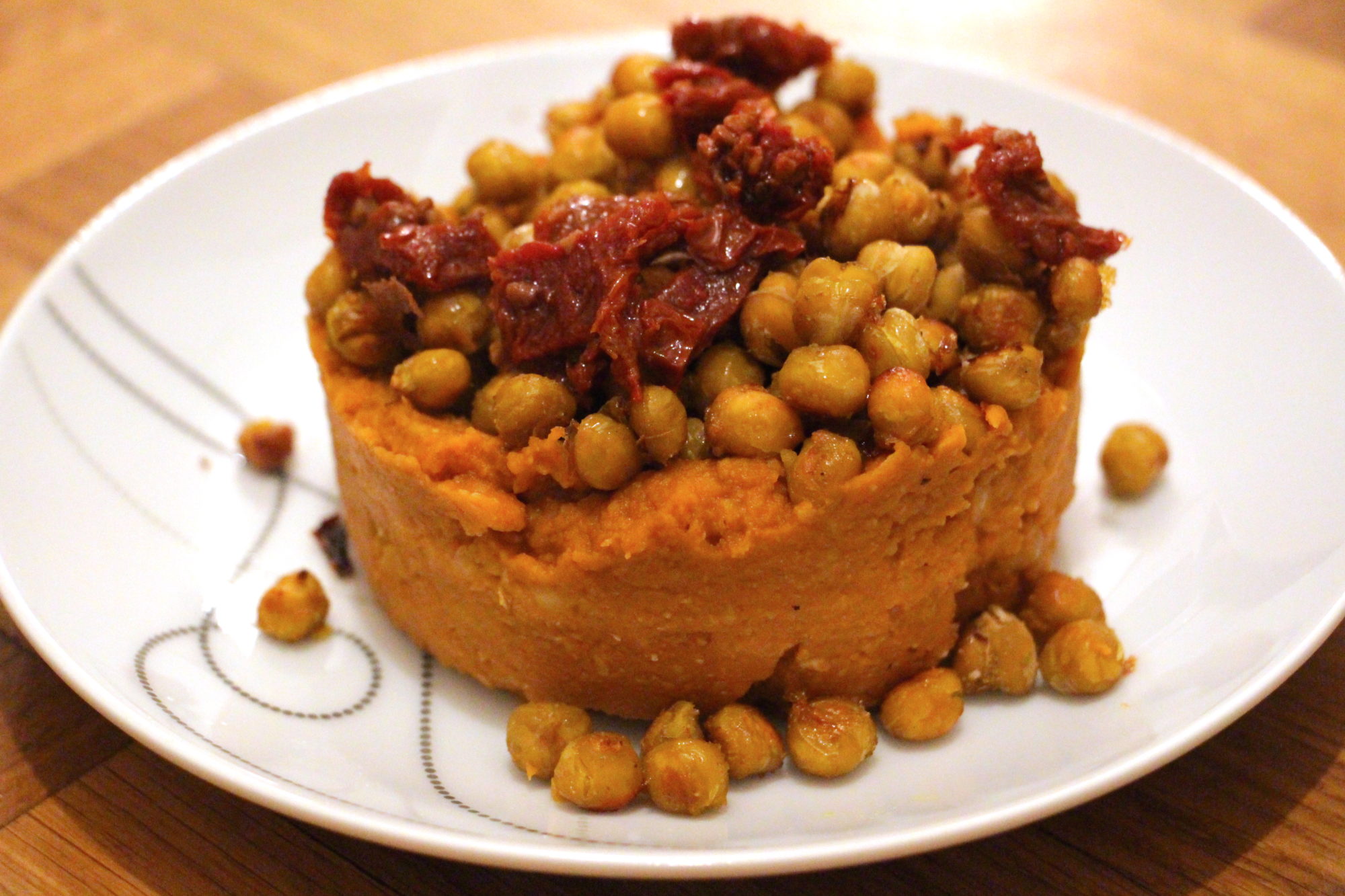One of my absolute favorite places in Paris likely isn’t one you’d expect. It’s not a café or a restaurant or even a pretty cobbled street.
It’s the American Library.
OK, for anyone who knows me even a little bit, the fact that it’s a library can’t come as that much of a surprise. After all, I’m the kid who spent my summer vacation riding my bike back and forth to the Westhampton Free Library with bags of books suspended on my handlebars. I have boxes of books stored in at least four different cities. The only piece of furniture in our new apartment I gave even a modicum of thought to was my bookshelf.
But while it might make sense for this bibliophile to love a library, why not a French library? After all, we have some fantastic ones in Paris. The newly renovated Richelieu site of the national library is a site to behold. The Sainte-Geneviève library is in my current favorite neighborhood, just next to the Pantheon. The Bibliothèque Forney is housed in a 15th century Gothic private residence. Paris is home to 57 lending libraries in all (not counting the 15 specialized libraries that don’t let you take the tomes home with you), so why on Earth does this Charles-Baudelaire-loving Victor-Hugo-worshipping reader not choose one of these?
Because no matter how long I stay in France, or how comfortable I get in French, my reading language of predilection – whether it’s on the subway, in bed, or in one of any number of ridiculous reading positions I can manage to get myself into on our fantastically comfy couch (chosen by The Country Boy, because I was too busy dealing with the bookshelf step) – is English.
I love the French language; it is, after all, what brought me to Paris (not food, surprisingly, though I think the cheese has kept me here). Some of the most beautiful poetry and prose I’ve read is in French. My favorite book, my favorite quote, and my favorite author are all French. But when I read – and when I write – it’s in English.
I think it’s a question of ownership. English is my language, my mother tongue. I can communicate in French, I can understand French, I can even do a mean passive aggressive French phone call, but the language that brought me to my love of reading, the language that was the medium of everything from Fahrenheit 451 to Catch-22 to Slaughterhouse 5 (apparently I like books with numbers in the titles…) is English. And for this, there is no better place in Paris than the American Library (… and its 20 book borrowing policy.)
I do, of course, like to play with franglais when I can, as in the title of this vegan recipe. It’s actually super simple, but the plating is kinda fancy, so I gave it a French name: parmentier is a word used in French to refer to shepherd’s pie – it comes from the name of the guy who informed the French that they could (and should) eat potatoes instead of feeding them to the hogs. And while there’s no potato in this version, the fact that it’s layered like a French parmentier – a technique that I do with an old tuna can – makes it worthy of the name.
Chickpea and Tomato Parmentier (serves 2)
2Â tablespoons olive oil, divided (I often use the oil in which the tomatoes are jarred)
1 onion, chopped
1 clove garlic, minced
2 teaspoons crushed red pepper
2 tablespoons tomato paste
1 500Â gram can chickpeas, divided
1 tablespoon pesto
8 sundried tomatoes, packed in oil, chopped
salt and pepper, to taste
Preheat the oven to 450 degrees. Drain and rinse the chickpeas. Toss half of them with one tablespoon of oil, and season with salt and pepper. Spread in an even layer over a baking sheet, and roast for about 25 minutes, shaking once or twice, until crispy.
Meanwhile, heat the other tablespoon of oil in a pot over medium heat, and add the onion. Season with salt and pepper, and cook until soft and lightly browned, about ten minutes. Add the garlic and red pepper, and cook for a minute or two, until fragrant. Add the tomato paste, cook for one minute more, and add the chickpeas. Stir to combine. Add a couple of tablespoons of water, and stir. Bring to a boil, then remove from the heat and add the pesto. Purée with an immersion blender until you get a thick purée.
When ready to serve, place a pastry ring (or a tuna can with both the top and the bottom cut out) on a serving plate. Pack half of the chickpea purée into it, creating a bit of a well in the center. Next, pile half of the roasted chickpeas on top.
Carefully remove the tuna can from the plate. Garnish with the sundried tomatoes, and serve.
In the summer, I also love to swap out the sundried tomatoes for a bruschetta mixture.
